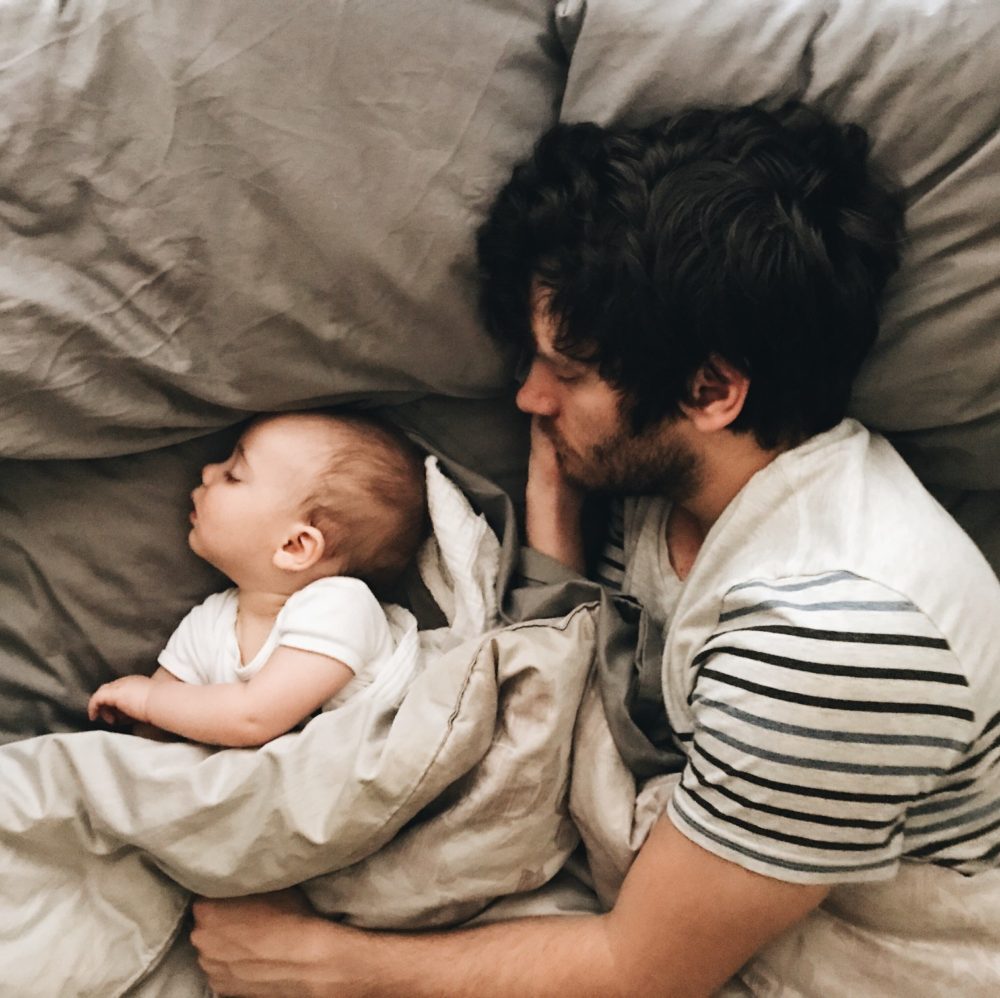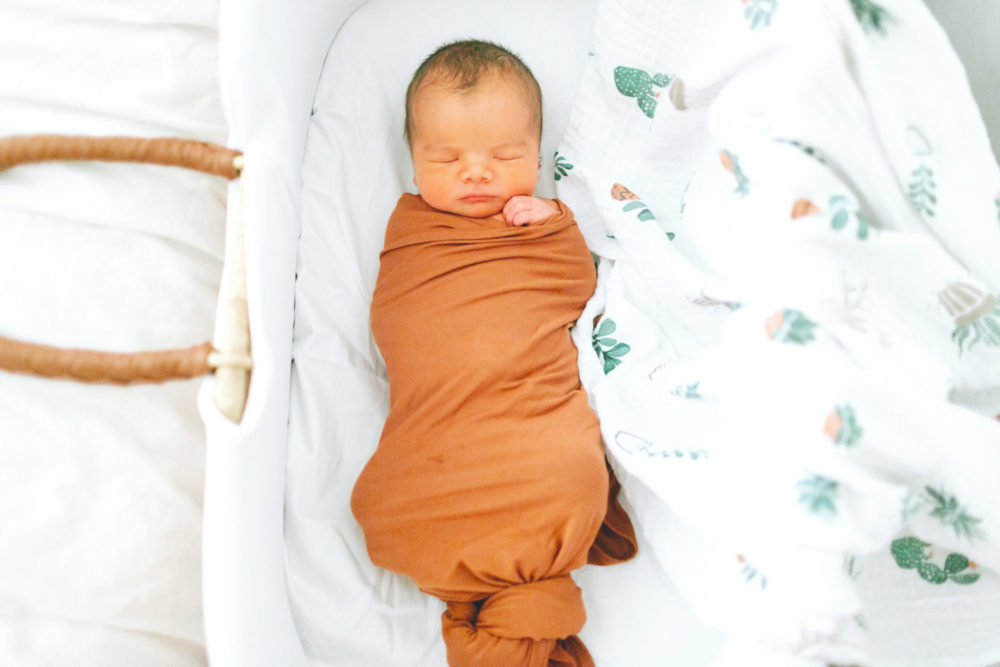Expert Advice: How to Co-Sleep Safely With Your Baby
Sleepless Nights
First-time parents have a particularly hard time because everything is brand new to them and no one really knows what to do. Whenever I’m teaching a sleep class to parents of newborns, I talk to them about the history of sleep and what parenting used to look like.
It’s important to keep in mind that all cultures have different practices when it comes to parenting and sleep. If we can think back to before modern times, humans used to live in tribes or villages, and that meant being close to a multitude of adults who did have experience with babies and knew what to do. Hence the term “takes a village”.

If you can think even further about how their homes were set up, they didn’t exactly have nurseries or a separate room for the baby to sleep in. Everyone slept together in the same room, which ultimately means that babies co-slept with their parents simply because there was no other option. When you think about it this way, it makes sense that we have an innate desire to sleep right next to our newborn babies.
What is Co-Sleep?
While co-sleeping is natural and makes for keeping the baby calm during the first few weeks of life, we now know how and even why co-sleeping can actually be very dangerous. But there are ways to do it so that you can keep your baby close while keeping them safe.
This is where co-sleepers and bassinets come into play. A co-sleeper is essentially a bassinet that stays right next to the parents’ bed, often with an open side that makes it easy to quickly replace a pacifier, soothe, or nurse your baby back to sleep.

The AAP recommends keeping your baby in the same room as you during sleep for the first 6-12 months of life. Having your baby so close keeps them safe because your body acts as a pacemaker for the newborn’s body, essentially regulating your baby’s heart rate.
The other advantage is that you can keep an eye on their breathing and notice any small changes that are happening with their breath. Having the baby so close also makes it easier to establish a breastfeeding relationship since you can quickly and easily latch the baby on in the middle of the night.
When your baby is sleeping right next to your bed, you will be more likely to hear their cries in the middle of the night. While this may not necessarily sound like a good thing, it means you will be responding to them quickly when they have a need. Establishing an attachment relationship and trust in the world is the main goal for a baby’s first year of life from a psychological development standpoint.
By responding to your baby’s cries, you are teaching them that the world is a safe place that they can trust, get their needs met, and feel good about. This only helps to develop a strong sense of positive self-esteem as the child grows.
Room-Sharing?
The first few months with a newborn can be quite difficult and exhausting, but having that safe space for the baby to sleep just inches from you will help to develop and strengthen your attachment with them. That includes their own space in a mini-crib, bassinet, or pack n’ play.
Keeping the baby in the room in their own sleep space will also help parents to get more sleep because they don’t have to be worried about putting the baby in an unsafe position, but can sleep soundly knowing that their baby is safe and sound right beside them.
.
.






